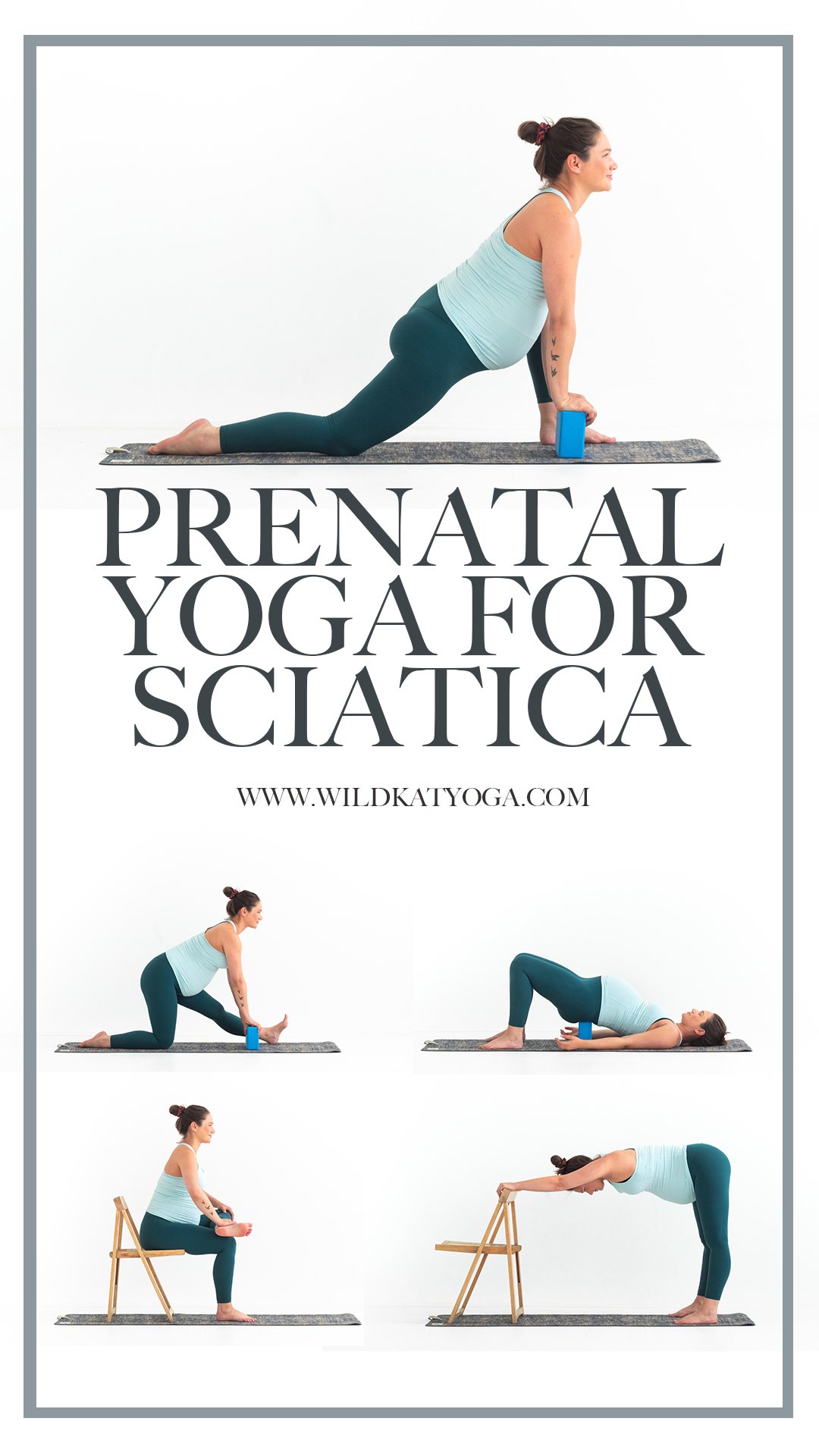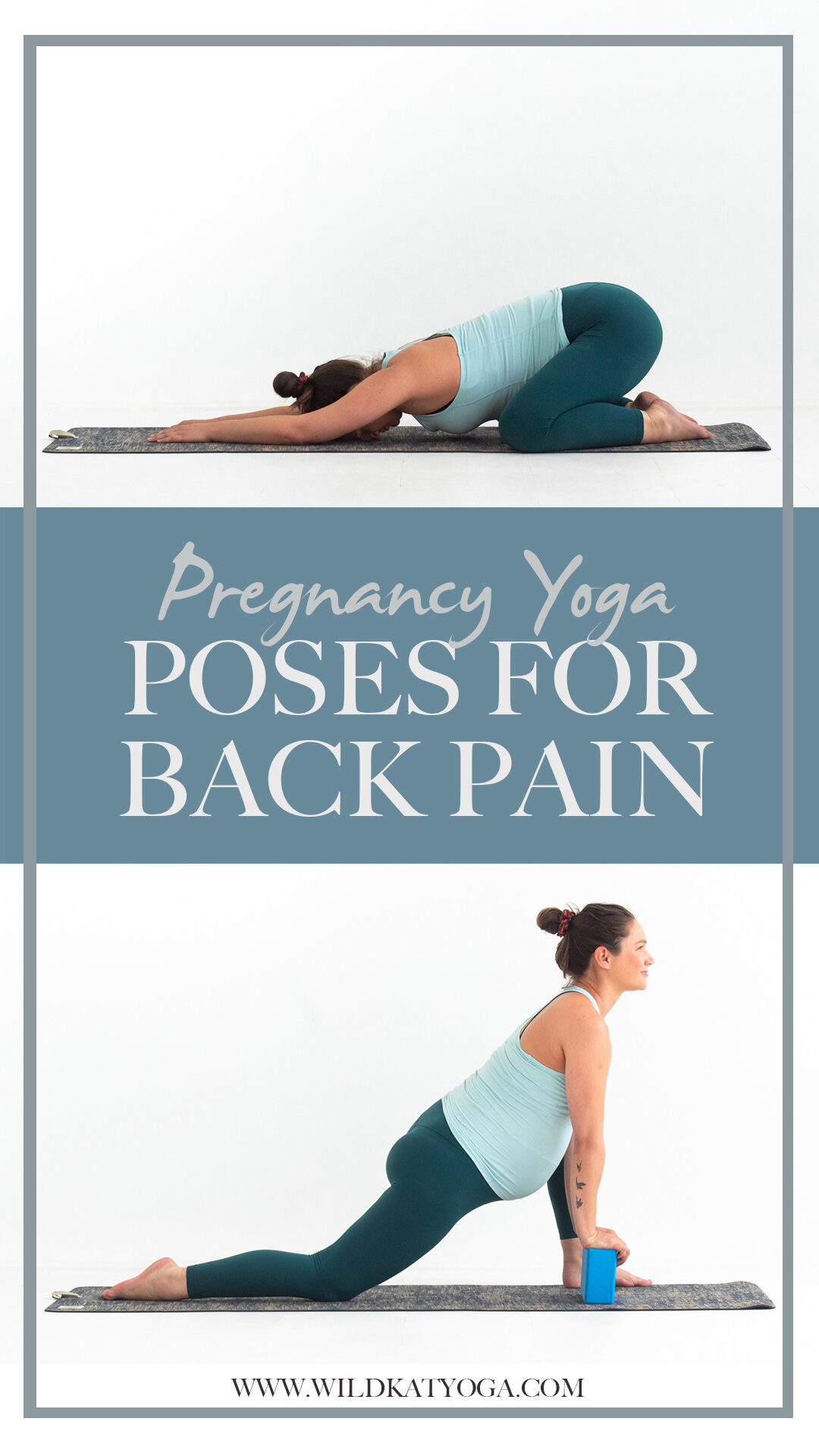Pregnancy Yoga Basics: Mula Bhanda & The Pelvic Floor
As your pregnancy progresses and your body begins to blow out in a bunch of different shapes you didn’t even realise you were capable of it’s natural to slow down at the gym; strength training, your running schedule and those strong vinyasa classes all take a back seat. But deep, lasting strength is built at a level sooooo much deeper than the number of reps you can bash out in a HIIT class, and during pregnancy it’s accessing the breath, enhancing the strength of the bhandas and control of the pelvic floor that will support your baby, your body, your birth and post-natal healing more than anything else.
What are the Bhandas?
The Bhandas are a series of muscular locks in the body and are used often in Kundalini yoga to facilitate the flow of Prana and Apana (energy moving into and out of the body). There are five primary Bhandas; Hasta Bhanda, Pada Bhanda (located in the hands and the feet), Jhalandara Bhanda (located in the throat) and Mula and Uddiyana bhanda, which are the Bhandas we work with primarily in Pregnancy Yoga. You can also engage Maha Bhanda; a powerful combination of the Jhlandara, Mula and Uddiyana Bhandas.
Mula Bhanda in Pregnancy Yoga
We can find Mula Bhanda by contracting the pelvic floor muscles (imagine you are having a wee and stop halfway - THOSE muscles!), and as you do you can already understand the importance of these deep core muscles in pregnancy. As your belly grows and your baby gets heavier the rectal abdominal muscles at the front of your belly weaken, and the very important of job of keeping your body strong enough to hold your baby falls to the transverse abdominal muscles (the deep core muscles that wrap around your whole belly like a corset) and pelvic floor muscles. You can access and strengthen Mula Bhanda very simply by inhaling, then drawing up on the pelvic floor at the top of the inhale, holding as you exhale, then release. Do that a few times to work that pelvic floor!
Understanding Mula Bhanda & Kegels
Understanding and enhancing the power of Mula Bhanda will do great things for your pelvic floor strength; you can find relief from back pain, as the pelvic floor muscles support the spine from its base, prevent incontinence and encourage better, faster post-natal healing by making sure these muscles have a continuous supply of fresh blood. But, it’s not just about having strong pelvic floor muscles; it’s about having control and the ability to relax too! This is where Kegels comes in. Kegels exercises work in the opposite direction to Mula Bhanda and you move with the natural movement of your pelvic floor muscles. Sometimes slowly, in phases and sometimes quickly to build endurance.
Sit with your eyes closed for a moment and tune in to the natural rhythm of your breath; you may be able to notice that as you breath in there is a downward movement in your belly, making space for the air in your lungs. This downward movement expands the pelvic floor down too. Then, as you exhale there is a natural drawing up in the body, and in the pelvic floor too.
Effect of the breath on the movement of the pelvic floor
Why is control of the pelvic floor important?
It’s important, especially for pregnant women, to be able to contract and build strength in the pelvic floor, but when it comes to giving birth the pelvic floor muscles also need to be able to relax and expand and open up. This expansion happens naturally; women have been giving birth since the dawn of time so there isn’t too much work on your part but you can facilitate this natural process by breathing into and out of the pelvic floor, encouraging this expansion and opening and essentially “breathing your baby out.”
“There is a growing understanding that in the majority of cases it is not really necessary or helpful to push the baby out. Pushing can cause vaginal and labial tearing as well as damage to the pelvic floor, whereas focusing on the breath and relaxation allows the body to birth the baby when it is ready. “ - Jenni Stone
So, what shall I DO? Mula bhanda or Kegels?
BOTH! Mula Bhanda builds strength to support our body and baby as we grow, and we practice a range of Kegels exercises to understand and learn to move with the natural rhythm of the pelvic floor during birth.
Practice Pregnancy Yoga Online
You can practice yoga throughout your pregnancy for as long as you’re comfortable online and on demand with my Bump & Flow Prenatal Yoga Membership. Over 6 hours of pregnancy yoga videos, educational content, a structured pregnancy yoga program, special offers and post natal videos for just £15/month.











My top ten ways to beat pregnancy insomnia so you can get a better night’s sleep